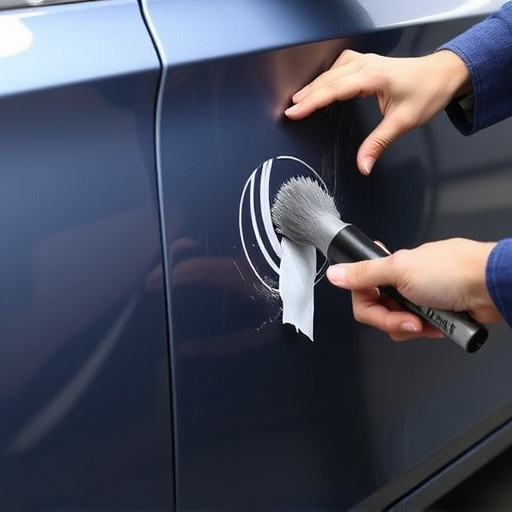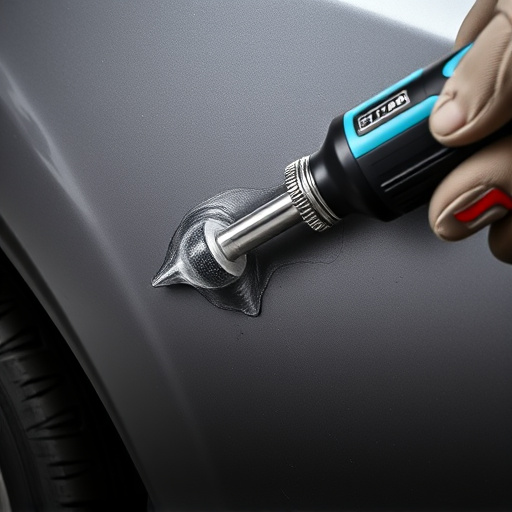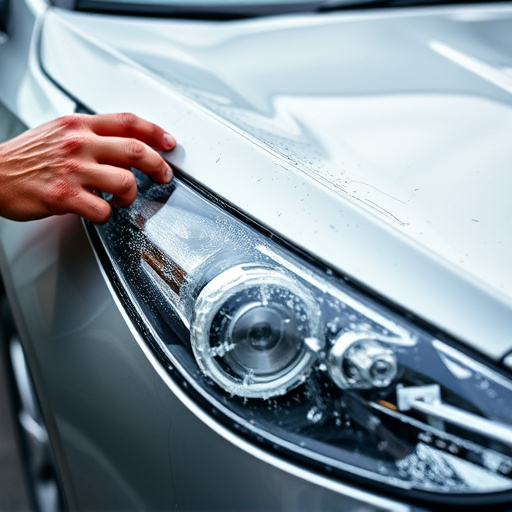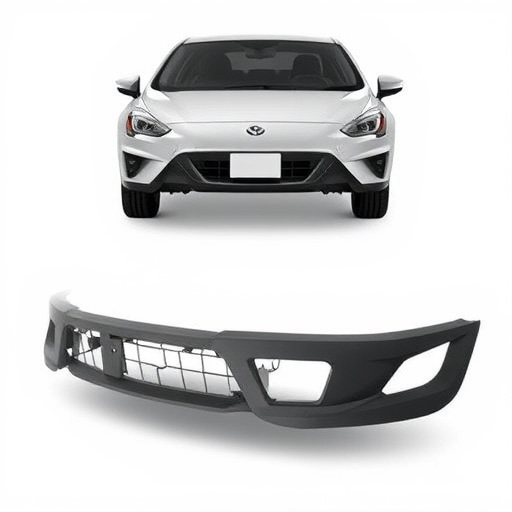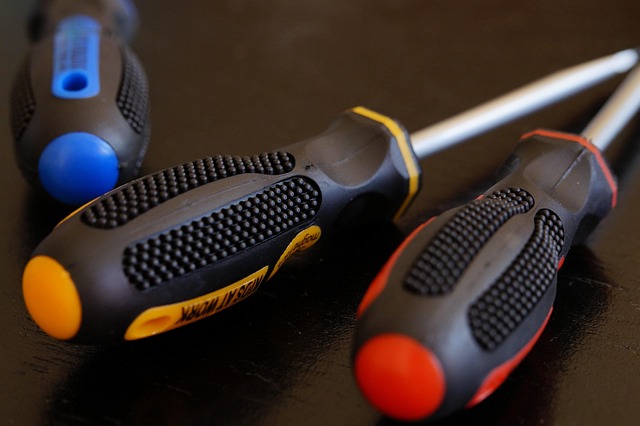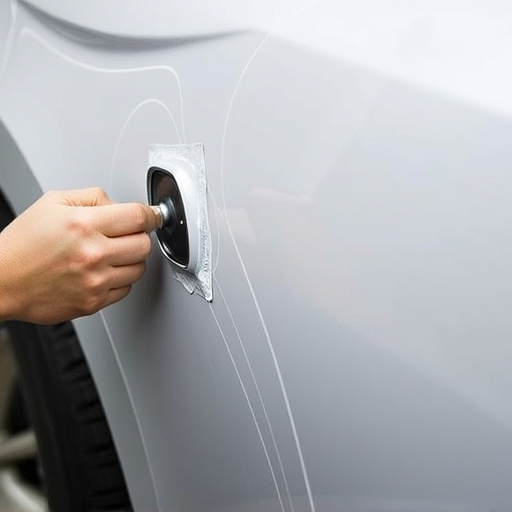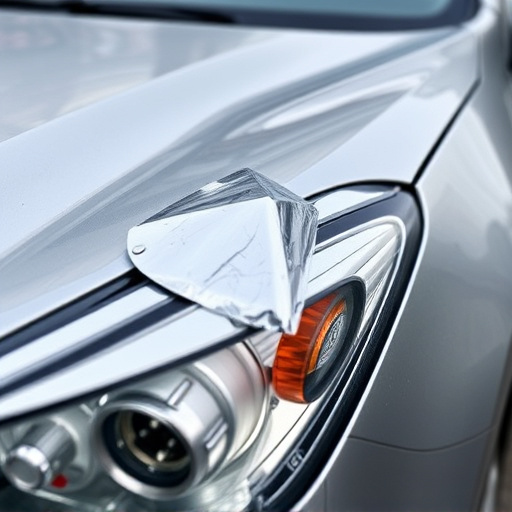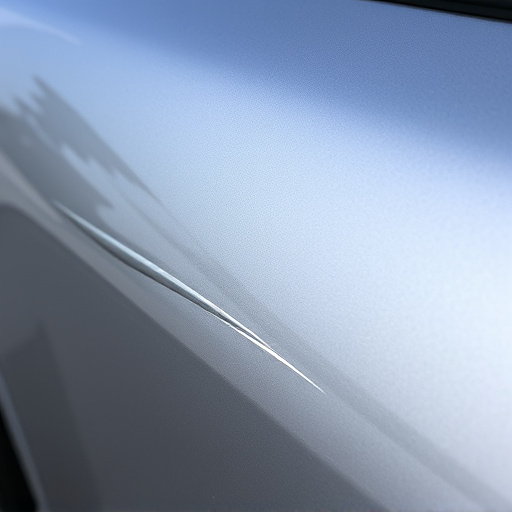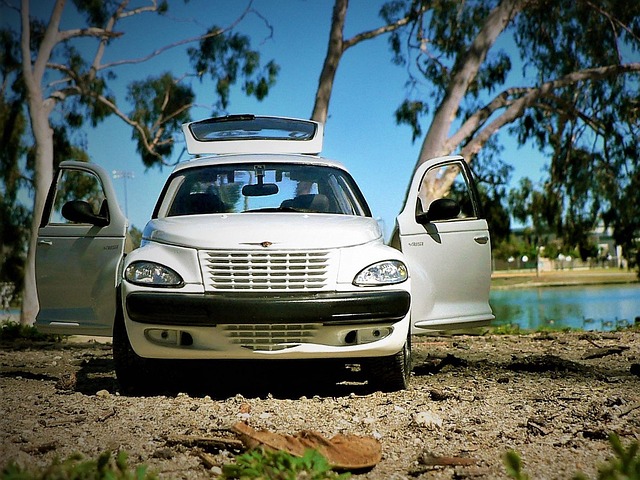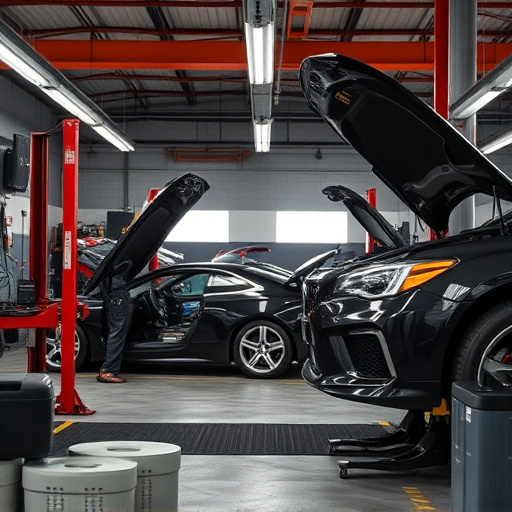Tesla's liquid cooling technology is vital for EV performance and safety, requiring meticulous care during repairs and maintenance to preserve integrity. Adhering to Tesla guidelines prevents warranty issues, ensuring optimal cooling system function and longevity alongside batteries and motors.
Tesla’s cutting-edge electric vehicles (EVs) boast innovative designs, but understanding their unique cooling systems is crucial for both safety and warranty compliance. This article delves into the intricacies of Tesla’s cooling system architecture, exploring how it meets stringent safety standards while maintaining optimal performance. We analyze warranty considerations specific to thermal management, guiding owners and service providers in ensuring the longevity and integrity of Tesla’s cooling systems.
- Understanding Tesla's Cooling System Design
- Safety Standards and Performance Expectations
- Warranty Considerations for Thermal Management
Understanding Tesla's Cooling System Design
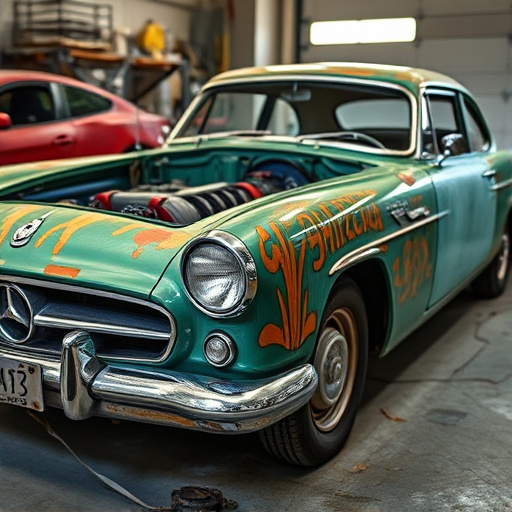
Tesla’s cooling system design is a complex yet crucial component of their electric vehicles (EVs), ensuring optimal performance and longevity in all climates. Unlike conventional cars, Tesla’s system must manage heat dissipation efficiently without relying on gasoline-powered engines. The key to this lies in its innovative liquid cooling technology, featuring high-performance radiators and fluid circuits that circulate coolant to keep the battery pack and other essential components at safe operating temperatures.
This sophisticated design is not just about function; it’s also integral to safety and warranty compliance. Any issues with the Tesla cooling system could lead to overheating, affecting vehicle performance and potentially causing damage to sensitive electrical systems—a scenario that could trigger costly repairs or even pose safety risks. Therefore, maintaining the integrity of the cooling system is paramount, and proper service and repairs are essential to safeguard against potential problems, including those related to accidental dents or scratches received during everyday driving or at a vehicle body shop, similar to how minor dent repair can enhance overall aesthetics.
Safety Standards and Performance Expectations

Tesla’s cooling system integrity is a cornerstone of both safety and warranty compliance. In an industry where performance expectations are high, especially when compared to traditional vehicles like Mercedes Benz collision repair cases, Tesla’s advanced electric systems demand exceptional precision. The company sets stringent safety standards for its components, ensuring not just optimal functioning but also reliability under extreme conditions. This is particularly crucial given the complex interplay of various systems in electric vehicles (EVs), where a malfunction can lead to significant safety hazards.
In contrast to auto glass repair or dent removal processes, which are more straightforward, Tesla’s cooling system integrity involves a holistic approach. It encompasses not just the direct cooling components but also their interaction with other systems like batteries and motors. Regular maintenance, rigorous testing, and adherence to strict quality control measures are implemented to meet these performance expectations. This commitment ensures that Tesla vehicles maintain their efficiency and safety standards throughout their operational lifespan, enhancing consumer confidence and supporting warranty claims.
Warranty Considerations for Thermal Management
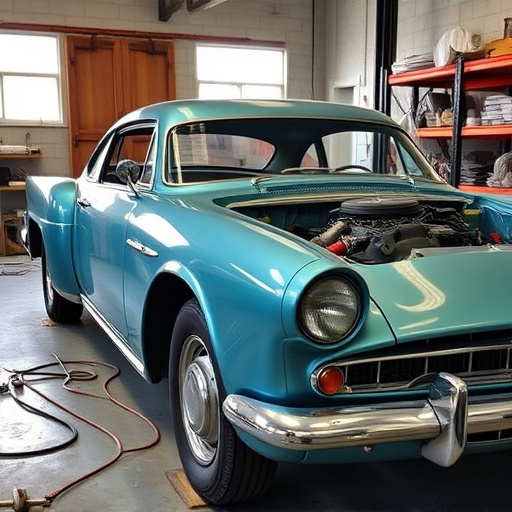
When it comes to Tesla cooling system integrity, warranty considerations for thermal management are paramount. Tesla’s extensive warranties cover a wide range of components, but understanding the boundaries is essential for both owners and service providers. One key area of focus is ensuring that any repairs or replacements related to the cooling system do not void the warranty. This includes tasks such as auto glass replacement, which might be necessary if a cracked radiator or condenser fan shroud compromises airflow and temperature regulation.
Similarly, automotive repair procedures must adhere to Tesla’s strict guidelines to maintain warranty compliance. For instance, during an extensive dent repair, it’s crucial to verify that no underlying components, like the cooling system’s lines or sensors, are damaged. Regular maintenance and prompt repairs of any issues related to thermal management can help prevent costly warranty claims and ensure the longevity of your Tesla’s performance and safety features, including its state-of-the-art cooling systems.
Tesla’s commitment to innovation extends to its cutting-edge cooling system design, prioritizing both safety and warranty compliance. By understanding the unique thermal management solutions implemented in Tesla vehicles, owners can ensure optimal performance and peace of mind. Maintaining the integrity of the Tesla cooling system is not just a matter of efficiency; it safeguards against potential hazards and ensures long-term reliability, underscoring the brand’s dedication to setting industry standards for electric vehicle safety.
